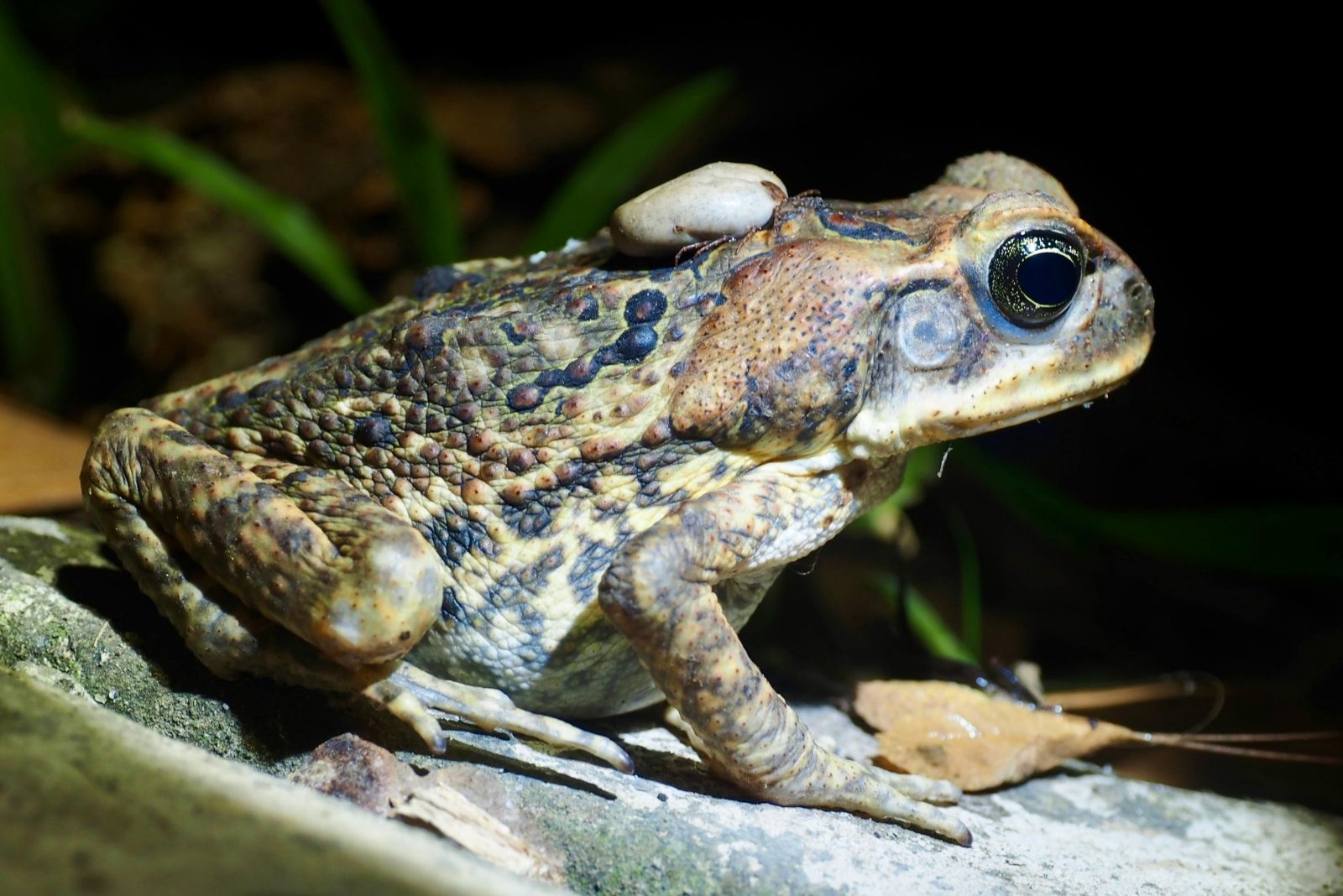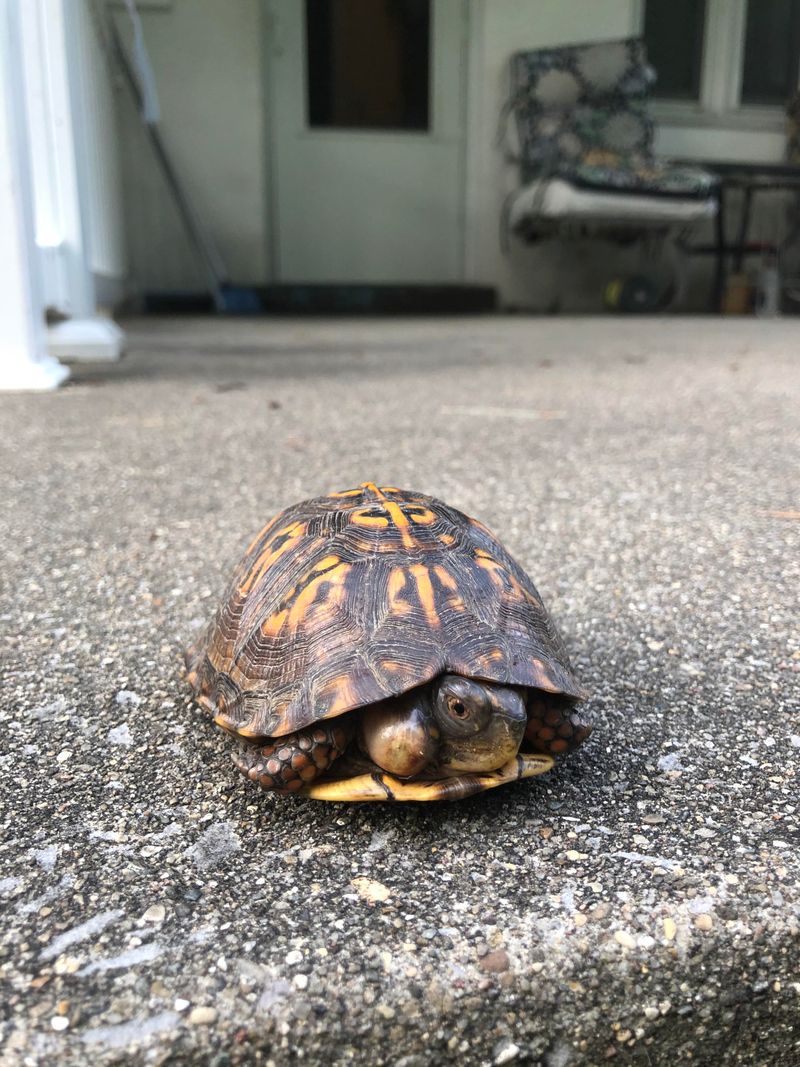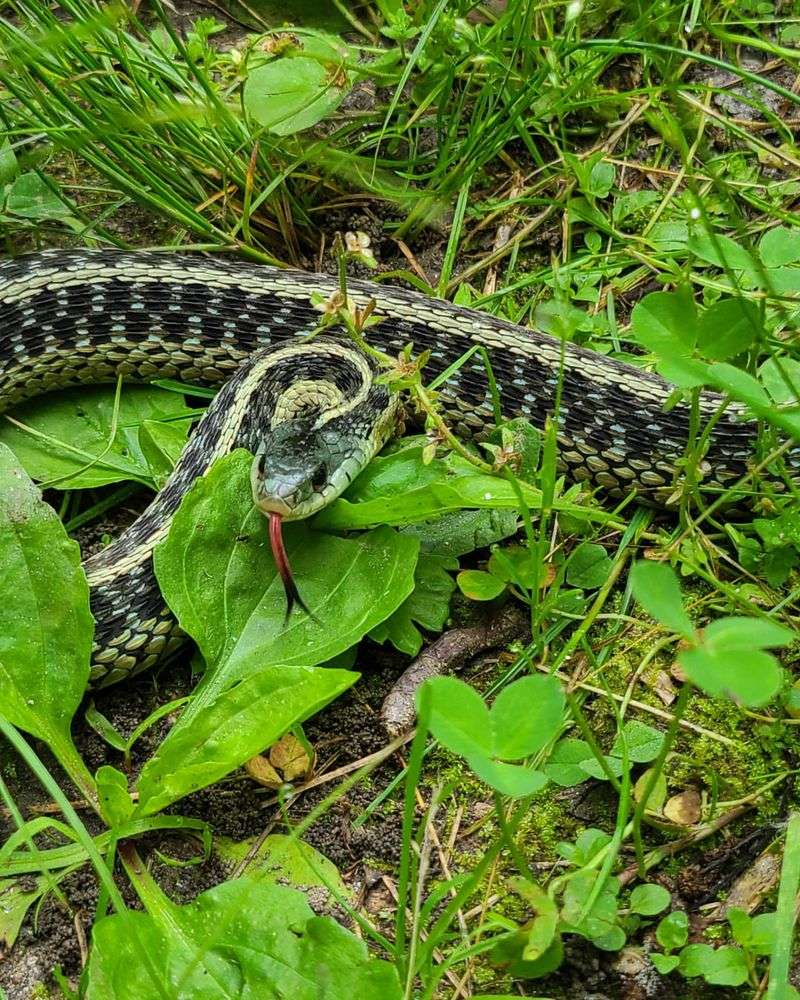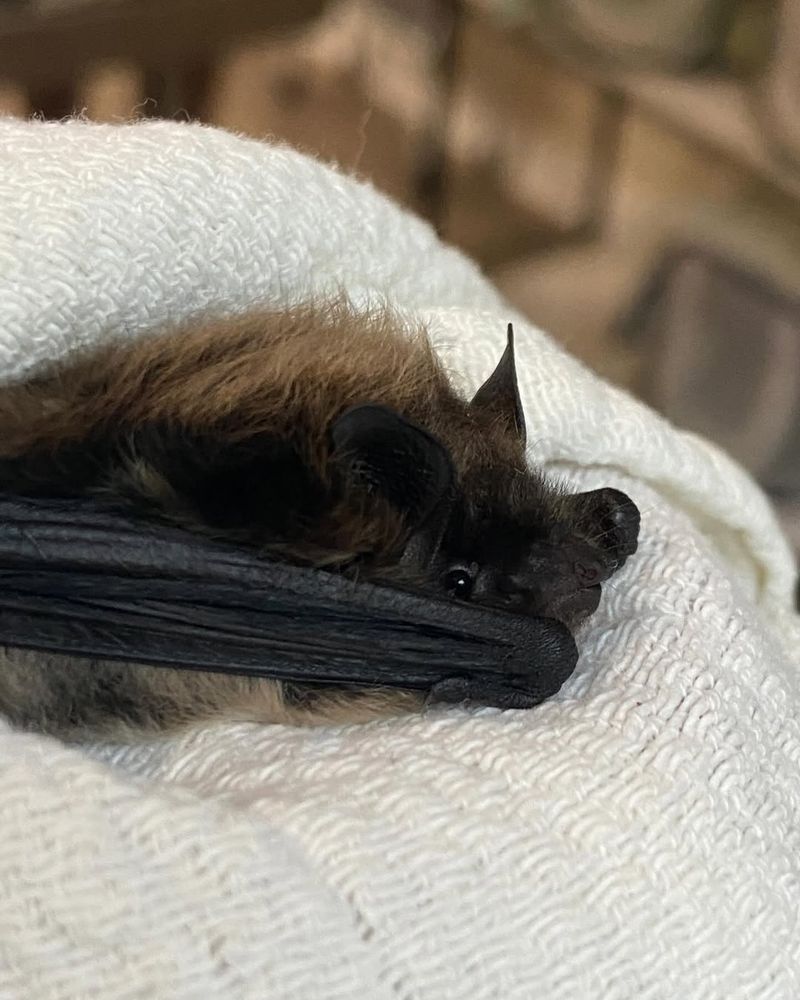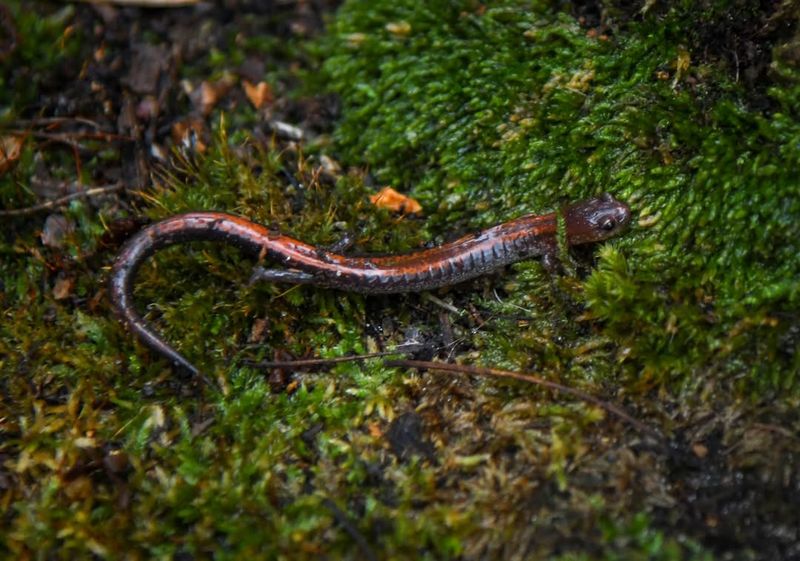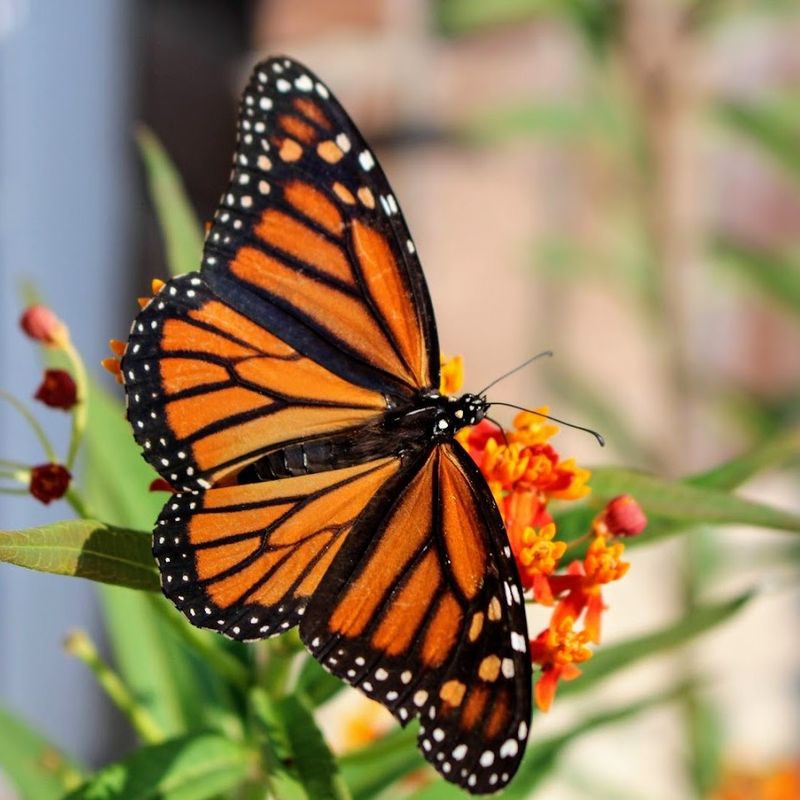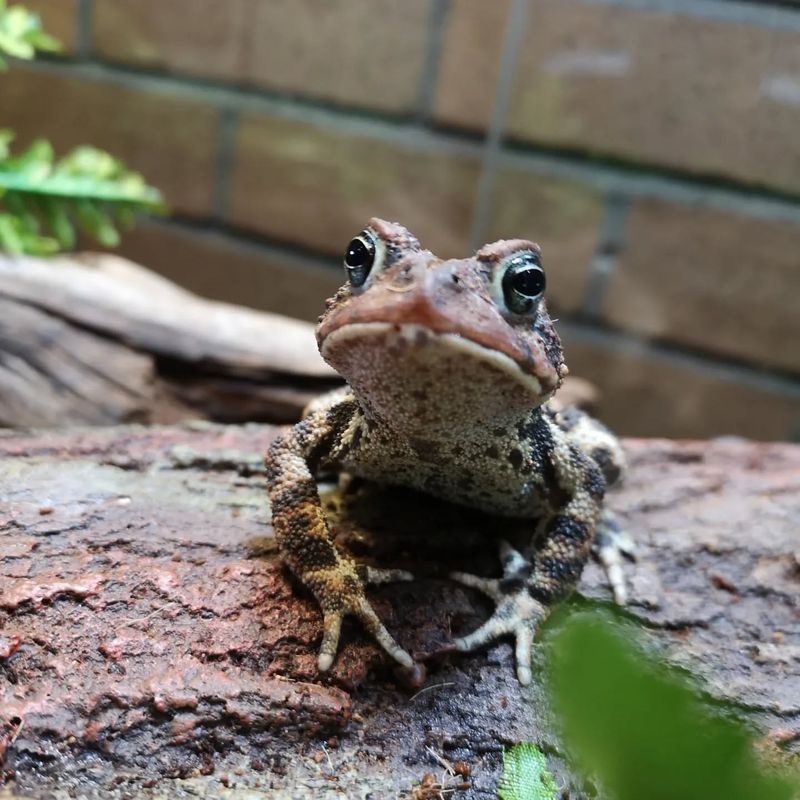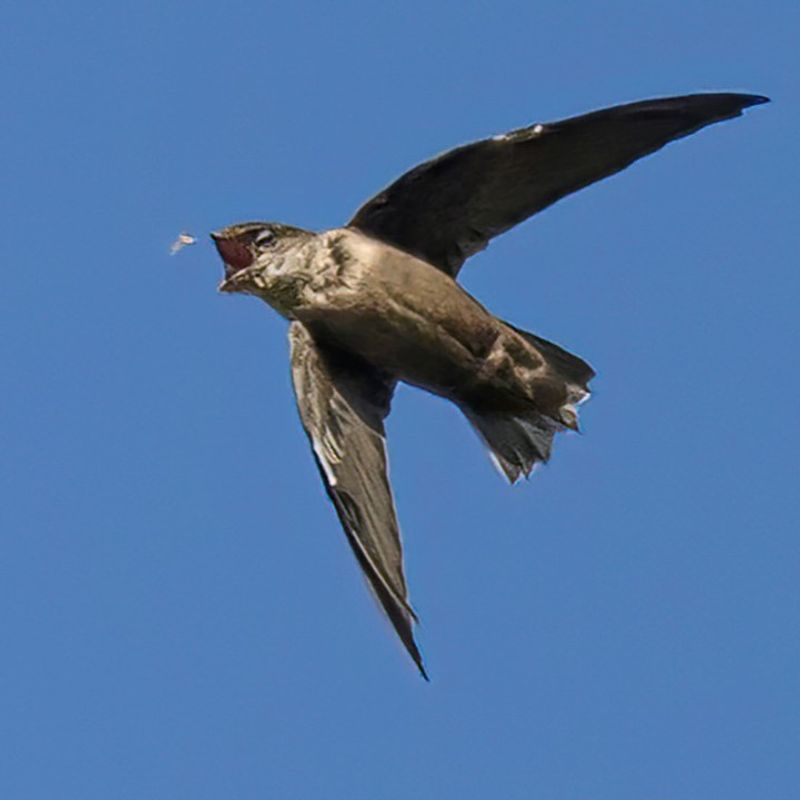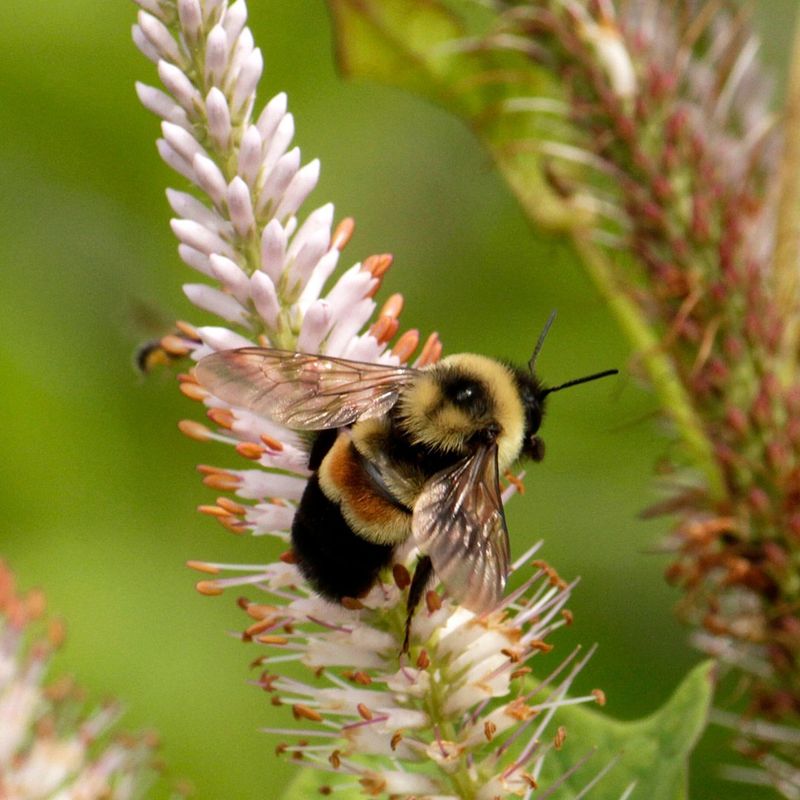Massachusetts gardens are home to more than just vegetables and flowers. Some creatures that show up between your hostas and tomato plants are actually protected by state law, meaning you can’t legally remove them even if they surprise you.
Understanding which animals fall under this protection helps keep your garden thriving while respecting local wildlife regulations and supporting the ecosystem balance that makes gardening possible.
1. Eastern Box Turtle
In my own garden here in Massachusetts, I once spotted a box turtle hiding under my hydrangeas. At first, I didn’t realize removing them could actually break state law.
Box turtles are listed as a species of special concern in Massachusetts, which means disturbing or relocating them is prohibited. They spend their entire lives in small territories, often less than a few acres, and removing one can disorient it permanently.
They help control garden pests like slugs and fallen fruit that might attract unwanted insects. If you find one near your lettuce or under shrubs, simply let it be. They move slowly and won’t damage plants.
2. Eastern Garter Snake
I used to panic at the sight of a snake, but now I see how much good they do for my tomatoes. Garter snakes are completely harmless and play a huge role in keeping rodent and slug populations under control.
Massachusetts law protects native snake species, including garter snakes, from being killed or removed without proper permits. They’re drawn to gardens because of the shelter provided by mulch, stone borders, and dense plantings.
Their diet includes insects and small pests that would otherwise munch on your vegetables. Coexisting is easy—just give them space and enjoy the free pest control they provide around your beans and squash.
3. Little Brown Bat
One summer evening, I watched bats swooping over my garden and realized they were devouring mosquitoes by the dozens. Bats are incredible allies for anyone trying to enjoy their outdoor space after sunset.
Little brown bats are protected under Massachusetts law due to severe population declines from white-nose syndrome. They consume thousands of insects nightly, including moths that damage garden plants and mosquitoes that pester gardeners.
Removing bat roosts or harming bats can result in serious legal consequences. Encourage them by adding a bat house near your garden. They’ll help keep your roses and herbs safe from nighttime pests naturally.
4. Eastern Red-Backed Salamander
While turning over compost last spring, I found a tiny salamander with a bright red stripe down its back. Salamanders thrive in moist, shaded garden areas and are vital to soil health.
Massachusetts protects native salamanders as part of its broader amphibian conservation efforts. These small creatures eat ants, beetles, and other insects that can harm seedlings and young plants. They need damp environments, so gardens with mulch, logs, or shaded corners become perfect habitats.
Disturbing or removing them disrupts the delicate balance they maintain. Keep your garden welcoming by preserving moist spots and avoiding pesticides that could harm them.
5. Monarch Butterfly
Monarchs are impossible to miss with their bold orange wings floating over flower beds. Their presence means your garden is supporting one of nature’s most remarkable migration journeys.
While not directly listed, harming monarch habitats—especially milkweed plants—violates Massachusetts environmental protection guidelines. Monarchs rely entirely on milkweed for egg-laying and caterpillar development.
Without it, their populations can’t survive. Gardens that include native milkweed become essential stopover points during migration, helping these pollinators continue their journey south. Plant milkweed varieties like common or swamp milkweed to support them. You’ll enjoy their beauty while aiding a species in need.
6. American Toad
Toads might not win beauty contests, but they’re absolute champions when it comes to controlling garden pests. I’ve found them nestled near my pepper plants on warm evenings, quietly doing their job.
American toads are protected under Massachusetts law, and removing them is prohibited. They consume huge quantities of beetles, caterpillars, and other insects that threaten vegetables and ornamental plants. Toads prefer gardens with water sources, shaded hiding spots, and minimal chemical use.
Their presence indicates a healthy, balanced garden ecosystem. Create toad-friendly spaces by leaving shallow water dishes and avoiding harsh pesticides that could harm them or their food sources.
7. Chimney Swift
Chimney swifts are aerial acrobats, darting above gardens at incredible speeds while hunting insects. Their chattering calls are a familiar summer sound across Massachusetts neighborhoods.
Protected under the Migratory Bird Treaty Act, chimney swifts cannot be harmed or have their nests disturbed. They nest in chimneys and old structures but spend daylight hours hunting flying insects over gardens and yards.
A single swift can consume thousands of mosquitoes, flies, and beetles daily, reducing the need for chemical insect control around your flowers and vegetables. Support them by keeping chimneys accessible during nesting season and enjoying their pest-control services overhead.
8. Native Bumblebee Species
Bumblebees are garden workhorses, buzzing from blossom to blossom and ensuring your tomatoes, cucumbers, and berries actually produce fruit. Without them, many garden plants would fail completely.
Massachusetts protects several native bumblebee species due to declining populations caused by habitat loss and pesticide use. These pollinators are essential for fertilizing flowers and vegetables through a process called buzz pollination, which honeybees can’t perform.
Gardens rich in native flowers like coneflowers, bee balm, and asters provide critical food sources. Removing or harming bumblebees violates state conservation efforts. Plant a variety of blooming natives and skip pesticides to keep these vital pollinators thriving in your garden.

